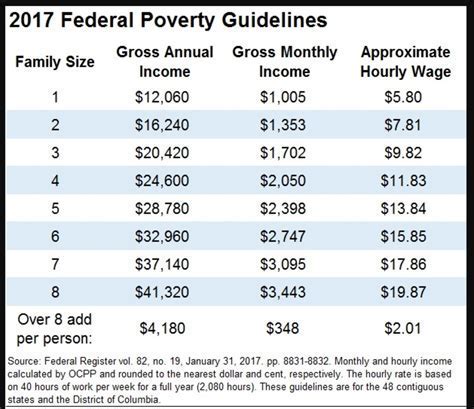5 Pull Up Substitutes

Introduction to Pull-Up Substitutes

Pull-ups are a great exercise for building strength and endurance in the back, arms, and shoulders. However, for many people, performing a pull-up can be a challenging task, especially for those who are new to working out or have certain physical limitations. Fortunately, there are several pull-up substitutes that can help individuals build strength and progress towards performing a full pull-up. In this article, we will explore five effective pull-up substitutes that can be incorporated into your workout routine.
Understanding the Importance of Pull-Ups

Before we dive into the substitutes, it’s essential to understand the importance of pull-ups. Pull-ups work multiple muscle groups, including the latissimus dorsi, biceps, trapezius, and rhomboids. These muscles are crucial for overall upper body strength, posture, and stability. By incorporating pull-up substitutes into your workout routine, you can strengthen these muscles and improve your overall fitness.
Pull-Up Substitute 1: Assisted Pull-Ups

Assisted pull-ups are a great way to start building strength for pull-ups. This exercise involves using a resistance band or a partner to assist you in performing a pull-up. To perform an assisted pull-up:
- Start by hanging from a pull-up bar with your hands shoulder-width apart
- Loop a resistance band around the bar and place your foot or knee in the band
- Slowly pull yourself up, using the band for assistance
- Lower yourself back down to the starting position and repeat
Pull-Up Substitute 2: Negatives

Negatives are another effective pull-up substitute that involves starting at the top of a pull-up and slowly lowering yourself down to the starting position. To perform a negative:
- Start by standing on a box or bench under a pull-up bar
- Reach up and grab the bar with your hands shoulder-width apart
- Slowly lower yourself down to the starting position, taking 3-5 seconds to do so
- Repeat for several reps
Pull-Up Substitute 3: Inverted Rows

Inverted rows are a great exercise for building strength in the back and arms. To perform an inverted row:
- Start by setting up a bar or ledge at waist height
- Hang from the bar with your hands shoulder-width apart
- Slowly pull yourself up, keeping your body straight and your core engaged
- Lower yourself back down to the starting position and repeat
Pull-Up Substitute 4: Lat Pulldowns

Lat pulldowns are a popular exercise for building strength in the latissimus dorsi muscles. To perform a lat pulldown:
- Start by sitting at a lat pulldown machine with your knees securely under the knee pad
- Grasp the bar with your hands shoulder-width apart
- Slowly pull the bar down towards your chest, squeezing your lats at the top of the movement
- Lower the bar back down to the starting position and repeat
Pull-Up Substitute 5: Resistance Band Pull-Aparts

Resistance band pull-aparts are a great exercise for building strength in the trapezius and rhomboids muscles. To perform a resistance band pull-apart:
- Start by holding a resistance band in both hands at shoulder height
- Slowly pull the band apart, keeping your arms straight and your core engaged
- Return the band to the starting position and repeat
👉 Note: When performing pull-up substitutes, it's essential to focus on proper form and technique to avoid injury and get the most out of the exercise.
Creating a Workout Routine

To create a workout routine that incorporates pull-up substitutes, start by choosing 2-3 exercises that target different muscle groups. For example:
| Exercise | Sets | Reps |
|---|---|---|
| Assisted Pull-Ups | 3 | 8-12 |
| Negatives | 3 | 8-12 |
| Inverted Rows | 3 | 12-15 |

Remember to start with lighter weights and progress gradually as you build strength and endurance.
In summary, pull-up substitutes are a great way to build strength and endurance for pull-ups. By incorporating exercises like assisted pull-ups, negatives, inverted rows, lat pulldowns, and resistance band pull-aparts into your workout routine, you can strengthen the muscles essential for pull-ups and improve your overall fitness. Remember to focus on proper form and technique, and start with lighter weights and progress gradually.
What are the benefits of pull-up substitutes?

+
Pull-up substitutes help build strength and endurance in the back, arms, and shoulders, which can improve overall fitness and reduce the risk of injury.
How often should I perform pull-up substitutes?

+
It’s recommended to perform pull-up substitutes 2-3 times per week, with at least one day of rest in between.
Can I use pull-up substitutes as a replacement for pull-ups?

+
No, pull-up substitutes should be used as a supplement to pull-ups, not a replacement. The goal is to build strength and endurance to perform a full pull-up.



